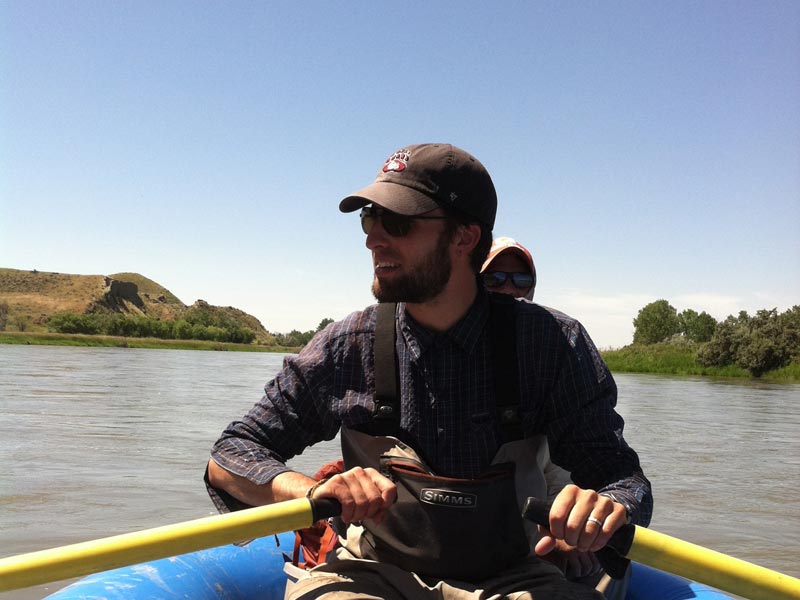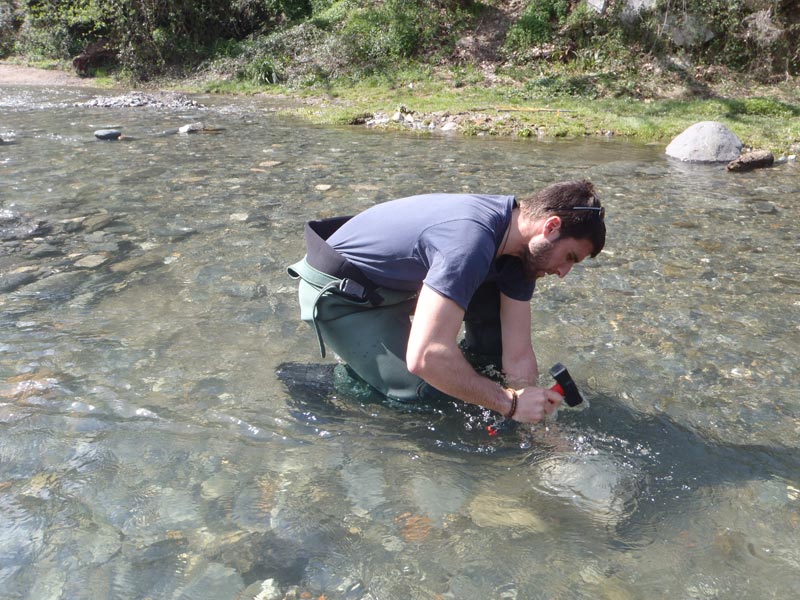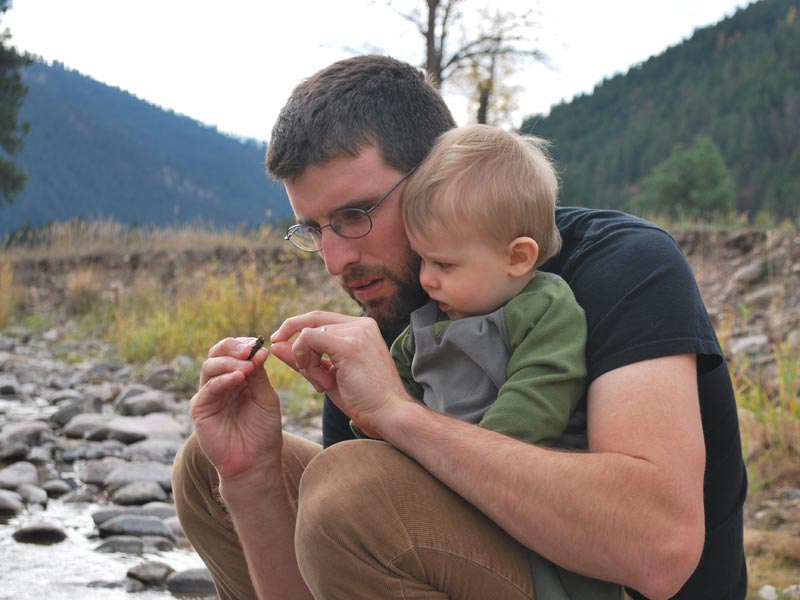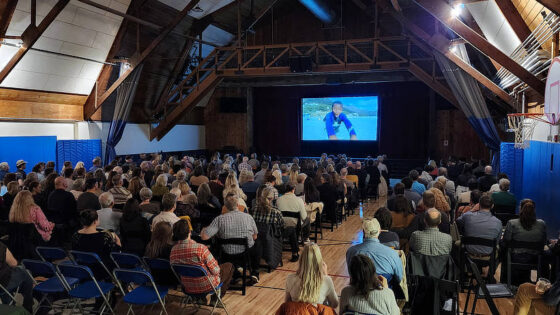By Diane Huskinson
As a young boy, Marc Peipoch remembers his family would go once a month to a beautiful fountain from which sparkling spring water flowed. From there they would fill about a dozen gallon jars to the brim. The fountain was the source of the family’s drinking water.
“I grew up in a town of 4,000 people in a relatively isolated house in the countryside,” says Peipoch. A native Catalonian, his childhood home is about 50 miles from Barcelona in the northeast of Spain. The charming region was an ideal stomping ground for a boy who enjoyed playing outdoors.
But the regular trips to the fountain ended when Peipoch was still a child. “I never knew why,” he says. Years later, he learned it was because the water had become polluted with nutrients from intense farming and livestock.
Peipoch would go on to study environmental science, fundamental ecology, and aquatic ecology at the University of Girona and University of Barcelona in Spain. Eventually, he journeyed to the United States for a fellowship. He was later offered a position as a postdoctoral scholar and then as a professional research associate at the University of Montana. He accepted without hesitation.
“I think I decided I would continue my career in the U.S. probably a week after my first summer experience in Montana. The reason is the American style: the enthusiasm for the research, the encouragement to try and fail, and try again, the handful of possibilities. I can’t really explain, but there are many aspects of the American way to do research, and the culture in general, with which I feel extremely comfortable. I guess I was born in the wrong place,” he explains with a chuckle.
In February, Peipoch joined Stroud Water Research Center as an assistant research scientist and the principal investigator of the Ecosystem Ecology Group. His goal, he says, is to lead a productive, inclusive, and interdisciplinary research team: “In its very nature, the discipline of ecosystem ecology is a nexus for multiple perspectives and areas of expertise, which when put together can really tell us how ecosystems work and respond.”
Perhaps one day, his work will help bring clean drinking water back to the fountain in his childhood hometown.







